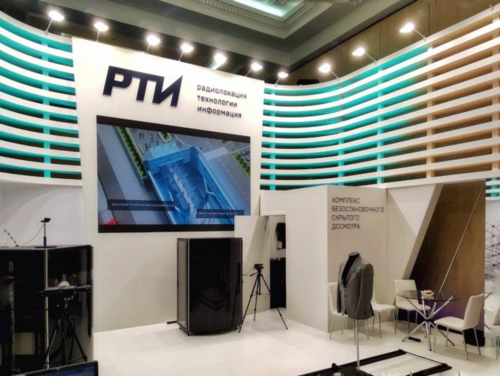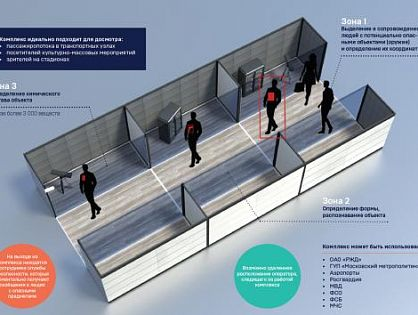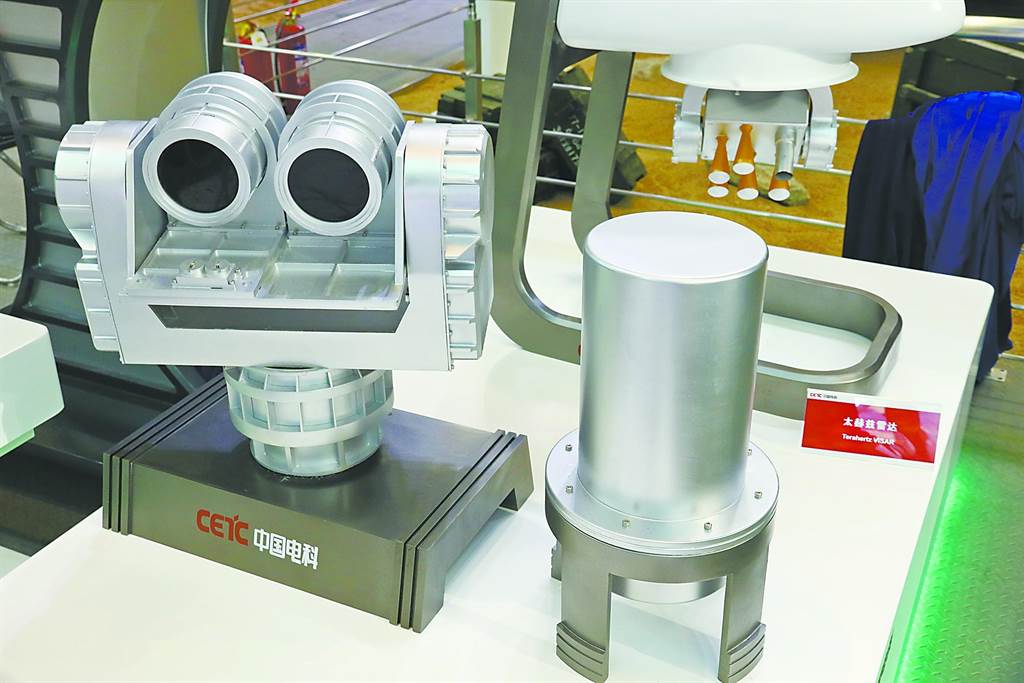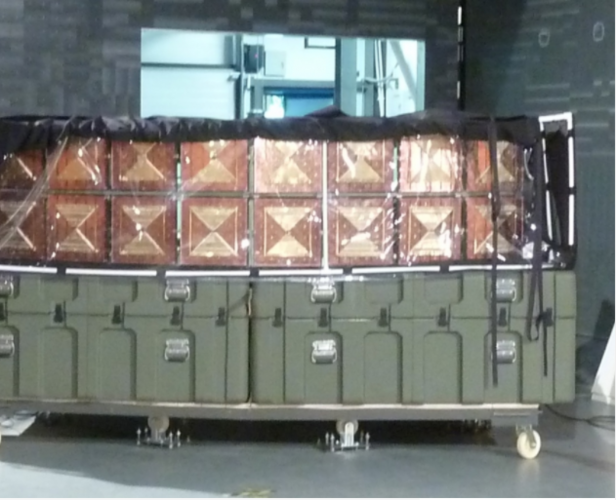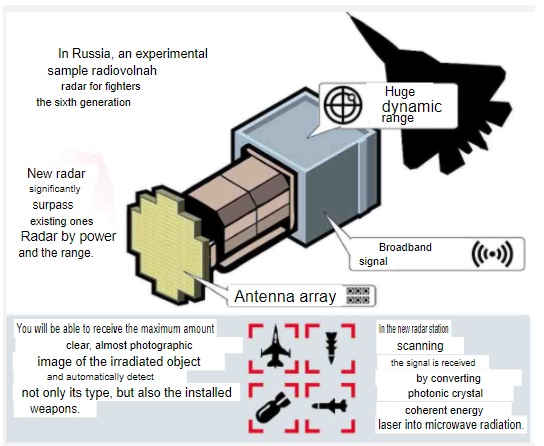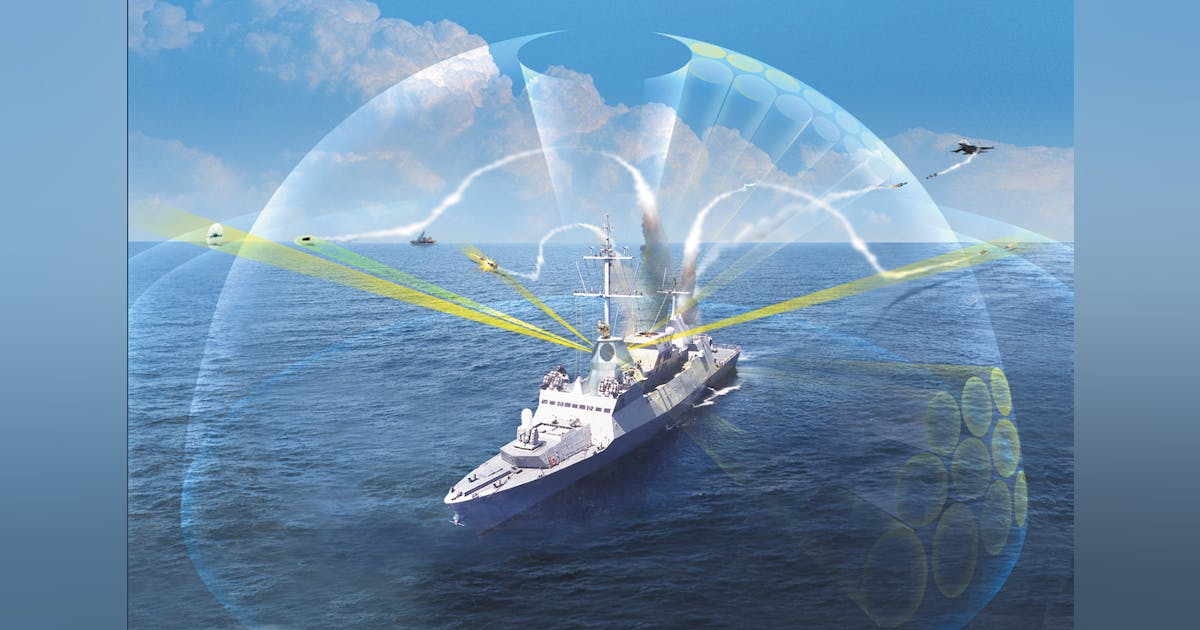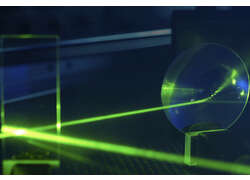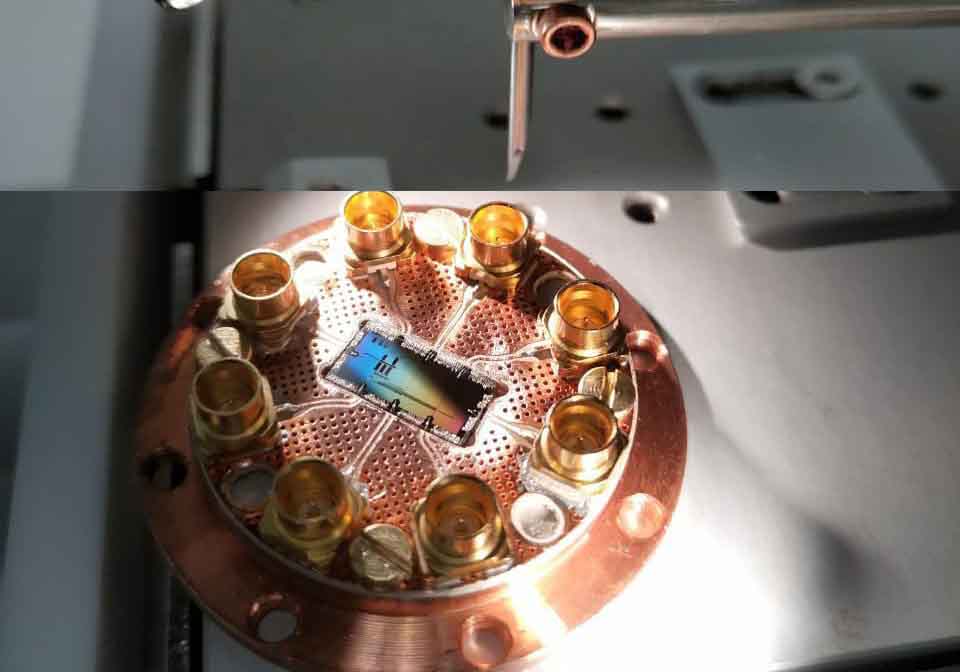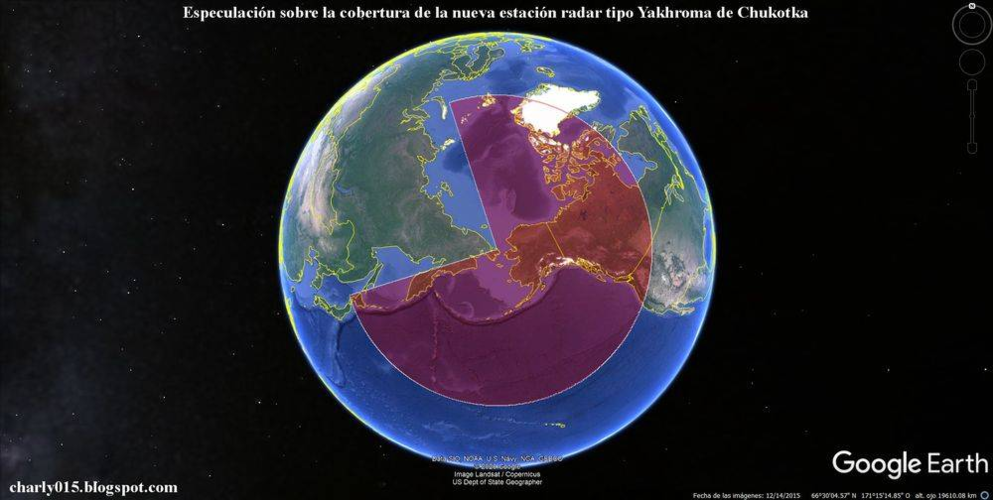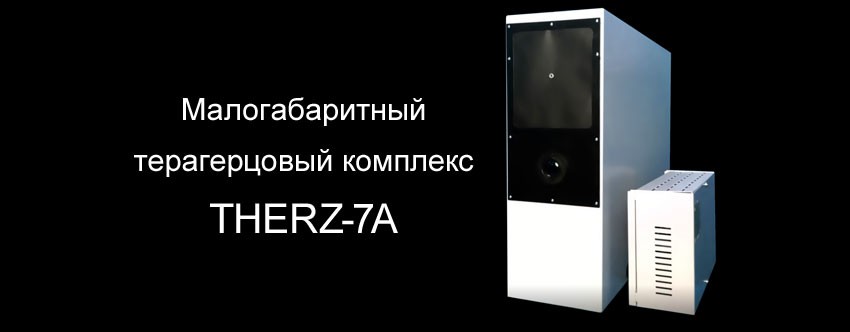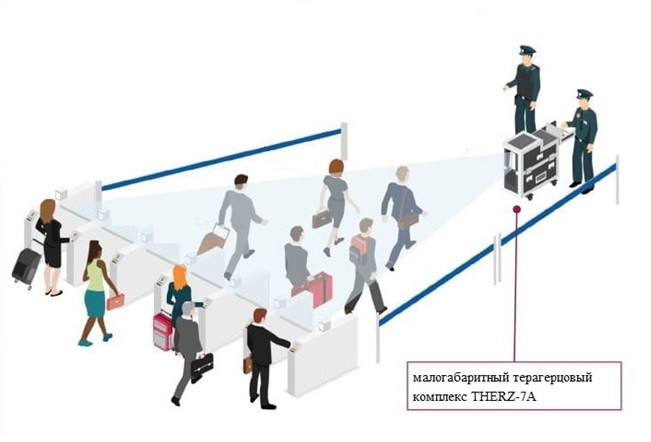panzerfeist1
ACCESS: Secret
What it is and how it differs from current electronics

“Conventional integrated circuits(MMICs) work by conducting electricity, or allowing electrons to flow easily through the circuit. Electrons are negatively charged subatomic particles that interact with other electrons as well as other particles. These interactions slow electrons down as they move through ICs, limit the amount of information that can be transmitted, and generate heat, which causes energy losses. A heat sink or other cooling technique is often required to regulate heat generation, otherwise the electrical components may become irreversibly damaged.
Photonic integrated circuits utilize photons, massless fundamental particles representing a quantum of light, instead of electrons. Photons move at the speed of light through the transmitting medium with almost no interference from other photons. This greatly increases the bandwidth and speed of the circuit while drastically reducing the amount of energy loss, making PICs more power efficient. With multiplexing techniques, an extremely large number of signals can be sent through a single-mode fiber that is orders of magnitude larger than the number of electrical signals that copper can transmit. A single fiber strand in a submarine transatlantic fiber optic cable can carry millions of simultaneous phone calls almost 100 km before needing amplification, and the amplifiers themselves are optically pumped lasers: no electronics involved.”
Aircraft Radar Claims
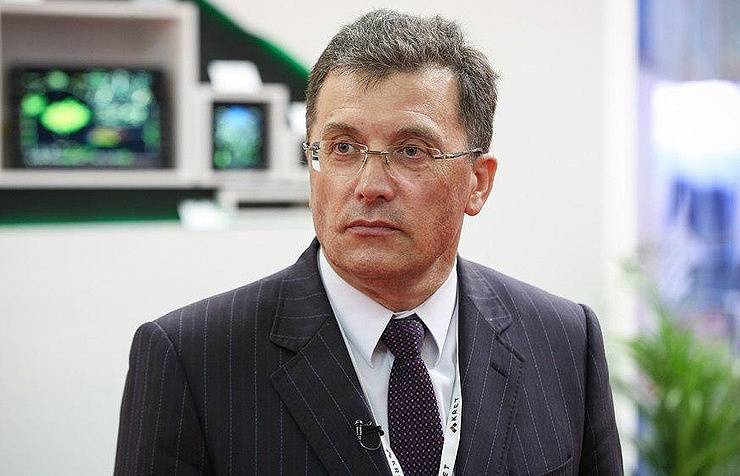
 weaponews.com
weaponews.com
"Now the research is a full-fledged model of this radio-optical photonic antenna array, which will work out the characteristics of a production model". We understand what it (the radar) must be in any geometric size, on what bands and what power should work, he added. Kret also fulfills the technology specific elements of the new radar its emitter, photonic crystal, foster tract resonators. Serial sample locator do when we move to the stage of experimental design work (okr), for example, by order of the war department, said mikheyev. He explained that "Conventional radar station (radar) radiation is generated by vacuum-tube or semiconductor devices, the efficiency is relatively low – 30-40%". The remaining 60-70% of the energy is converted into heat. The new radar a radar signal is obtained by converting photonic crystal laser coherent energy in a microwave radiation.
This transmitter efficiency will be not less than 60-70%. That is a big part of laser energy will be converted into a radar, with the result that we can create a radar of high power, said the deputy director. The locator will not be a separate module in the nose of the aircraft, it will be a distributed system. Something similar can be seen today on the fifth generation fighter t-50 radar which operates in different bands and in different directions. In fact it is a single locator, but he exploded on the plane. It turns out about three or four different radars, which are comfortably placed around the fuselage and can simultaneously observe all the space around the aircraft, said mikheyev. Radiophony radar will be able to see, according to our estimates, far beyond the existing radar.
 mil.news.sina.com.cn
mil.news.sina.com.cn
"The official propaganda of the Russians is generally the same: the detection distance is too far, the energy conversion efficiency is as high as 60%, the traditional radar is only 30%, and the noise is 100 times lower than the conventional radar, which greatly improves the signal-to-noise ratio, and the theoretical detection distance for the stealth target. More than 500 kilometers!"
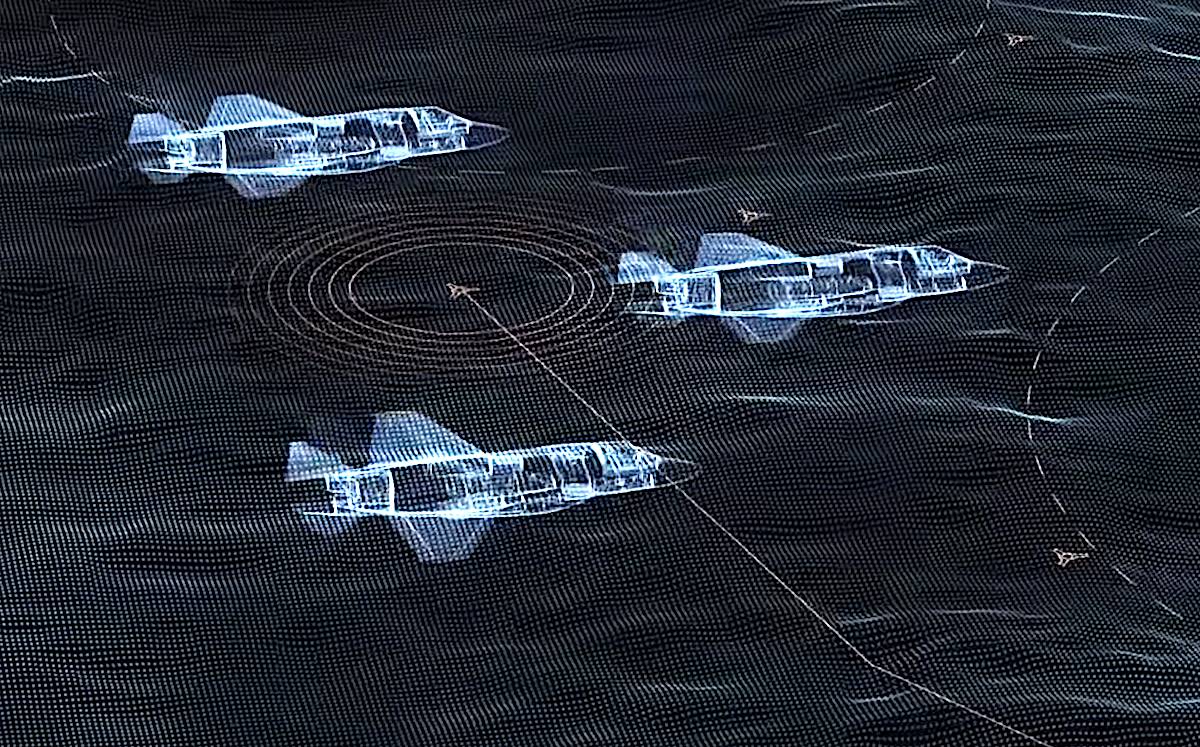
 topwar.ru
topwar.ru
“The Russian army may soon get a new type of radar that is able more effectively than traditional radars to identify targets even under conditions of jamming. The fundamental difference between radiophonic locators is that the signal processing is realized with the aid of optics, and not by the microwave electronics.
New technology creates a 3D image of the object, its three-dimensional portrait, and allows to determine its type. It is expected that in the next few years radiophotonic radars will be installed on the promising multifunctional fighters of the new generation.
The first prototype of the radar based on discrete radiophonic elements already created, has informed "Izvestia" the head of JSC "RTI" Maxim Kuzyuk. According to sources of "Izvestiya", the Ministry of defence takes part in trials of the new type radar.
The promising technology has several advantages. First and foremost, it is the size of the new locator – it is assumed that their size will be substantially less. In addition, they are reliable. Thirdly, more resistant to electromagnetic radiation.
At the moment the company develops the technology and carries out tests while looking for a new component database. In particular, the developers talk about the need for photonic integrated circuits.
Satellites from Same Company claim to track low altitude targets
“Alexander Osipov. - The institute has the necessary scientific and technical, software-algorithmic and technological for
matters for creating on a single structure the latest radar systems for spacecraft. Information technology enhancement technologies occupy an important place in the MRL, which was created at the institute: the use of innovative designs of sounding signals, the method of expanding the shooting band, innovative methods for detecting moving objects, super-resolution algorithms, methods for processing and integrating radar data. - The basic principles of radar are well known to scientists around the world. It is very difficult to come up with qualitatively new solutions in this area, but we succeeded. With the help of a supercomputer, we have developed algorithms for deep mathematical analysis that can detect moving targets. This is a very difficult task that no one has been able to solve before us, ”says Anatoly Leukhin. - The fact is that when we look at the Earth with a locator, we see not only rivers, oceans and cities, but also a huge amount of interference. Because of them, it’s sometimes very difficult to see even moving objects. The ability to monitor moving objects is an essential step in the development of radar. This technology can be widely used both for military and civilian purposes. For example, to create tracking systems Niya aircraft from space. This will bring the level of flight safety around the planet to a whole new level. RTI conducts tests of its space-based ballistic missile systems in flight experiments at the created experimental flight test complex.”
 www.aorti.ru
www.aorti.ru
“Moreover, one should not expect that in the coming years all traditional radars will be replaced by photon radars - the capabilities of modern radars based on microwave paths are not completely exhausted.
Recall that the RTI also developed the Elik flight test complex, thanks to which radar stations will be able to classify aircraft of air, surface, low-flying and space objects. Real-time radars will be able to tell the operator what type of aircraft, cruise missile, satellite or ship appeared on the screen of the station.”
[/URL]
"In the interests of the task of monitoring the air situation at KIMS, software and algorithmic support is being developed for detecting and measuring the characteristics of air and surface objects, including at extremely low altitudes.”
Main Discussion Points for this Topic.

Photonic-Electronic Integrated Circuits
The future of high-speed technology: integrated photonics use light instead of electricity for computing and signal processing
www.edmundoptics.com
“Conventional integrated circuits(MMICs) work by conducting electricity, or allowing electrons to flow easily through the circuit. Electrons are negatively charged subatomic particles that interact with other electrons as well as other particles. These interactions slow electrons down as they move through ICs, limit the amount of information that can be transmitted, and generate heat, which causes energy losses. A heat sink or other cooling technique is often required to regulate heat generation, otherwise the electrical components may become irreversibly damaged.
Photonic integrated circuits utilize photons, massless fundamental particles representing a quantum of light, instead of electrons. Photons move at the speed of light through the transmitting medium with almost no interference from other photons. This greatly increases the bandwidth and speed of the circuit while drastically reducing the amount of energy loss, making PICs more power efficient. With multiplexing techniques, an extremely large number of signals can be sent through a single-mode fiber that is orders of magnitude larger than the number of electrical signals that copper can transmit. A single fiber strand in a submarine transatlantic fiber optic cable can carry millions of simultaneous phone calls almost 100 km before needing amplification, and the amplifiers themselves are optically pumped lasers: no electronics involved.”
Aircraft Radar Claims

KRET has created a sample of photonic radar for the aircraft of the 6th generation
Concern radio-Electronic technologies (KRET) has created an experimental model radiovolnah radar for the fighter 6th generation, which will replace th
"Now the research is a full-fledged model of this radio-optical photonic antenna array, which will work out the characteristics of a production model". We understand what it (the radar) must be in any geometric size, on what bands and what power should work, he added. Kret also fulfills the technology specific elements of the new radar its emitter, photonic crystal, foster tract resonators. Serial sample locator do when we move to the stage of experimental design work (okr), for example, by order of the war department, said mikheyev. He explained that "Conventional radar station (radar) radiation is generated by vacuum-tube or semiconductor devices, the efficiency is relatively low – 30-40%". The remaining 60-70% of the energy is converted into heat. The new radar a radar signal is obtained by converting photonic crystal laser coherent energy in a microwave radiation.
This transmitter efficiency will be not less than 60-70%. That is a big part of laser energy will be converted into a radar, with the result that we can create a radar of high power, said the deputy director. The locator will not be a separate module in the nose of the aircraft, it will be a distributed system. Something similar can be seen today on the fifth generation fighter t-50 radar which operates in different bands and in different directions. In fact it is a single locator, but he exploded on the plane. It turns out about three or four different radars, which are comfortably placed around the fuselage and can simultaneously observe all the space around the aircraft, said mikheyev. Radiophony radar will be able to see, according to our estimates, far beyond the existing radar.
ä¿„ç½—æ–¯è‹57失败æ¿ä¸Šé’‰é’‰ï¼Ÿä»æœ‰æœ€åŽä¸€ä¸å¸Œæœ›å败为胜|ä¿„ç½—æ–¯|战斗机|é›·è¾¾_新浪军事_新浪网
å‰è‹è”解体åŽï¼Œåˆ†æˆ15个独立国家,最终å„奔å‰ç¨‹ï¼Œä¿„罗斯分到最大一å—,7æˆçš„份é¢ï¼Œä»Žæ¤èµ°ä¸Šé™Œç”Ÿçš„å¾ç¨‹ï¼Œè¿‡åŽ»è€è·¯æ–了,新路充满了迷茫,ç»è¿‡10年的彷徨期,俄罗斯终于醒æ¥ï¼šè¥¿æ–¹ä¸æ€€å¥½æ„,ç»å¯¹ä¸æ˜¯æœ‹å‹ï¼Œå¤§å›½éƒ½æ˜¯å…‰è£çš„,而且是å¤ç‹¬...
 mil.news.sina.com.cn
mil.news.sina.com.cn
"The official propaganda of the Russians is generally the same: the detection distance is too far, the energy conversion efficiency is as high as 60%, the traditional radar is only 30%, and the noise is 100 times lower than the conventional radar, which greatly improves the signal-to-noise ratio, and the theoretical detection distance for the stealth target. More than 500 kilometers!"

В России создан 3D-радар нового типа
В России создан прототип радара, основанный на технологии радиофотоники. Он будет выдавать информацию в виде трехмерного изображения. Об этом сообщают « Российская армия вскоре может получить новый тип радаров, который способен эффективнее традиционных станций выявлять цели даже в условиях
“The Russian army may soon get a new type of radar that is able more effectively than traditional radars to identify targets even under conditions of jamming. The fundamental difference between radiophonic locators is that the signal processing is realized with the aid of optics, and not by the microwave electronics.
New technology creates a 3D image of the object, its three-dimensional portrait, and allows to determine its type. It is expected that in the next few years radiophotonic radars will be installed on the promising multifunctional fighters of the new generation.
The first prototype of the radar based on discrete radiophonic elements already created, has informed "Izvestia" the head of JSC "RTI" Maxim Kuzyuk. According to sources of "Izvestiya", the Ministry of defence takes part in trials of the new type radar.
The promising technology has several advantages. First and foremost, it is the size of the new locator – it is assumed that their size will be substantially less. In addition, they are reliable. Thirdly, more resistant to electromagnetic radiation.
At the moment the company develops the technology and carries out tests while looking for a new component database. In particular, the developers talk about the need for photonic integrated circuits.
Satellites from Same Company claim to track low altitude targets
“Alexander Osipov. - The institute has the necessary scientific and technical, software-algorithmic and technological for
matters for creating on a single structure the latest radar systems for spacecraft. Information technology enhancement technologies occupy an important place in the MRL, which was created at the institute: the use of innovative designs of sounding signals, the method of expanding the shooting band, innovative methods for detecting moving objects, super-resolution algorithms, methods for processing and integrating radar data. - The basic principles of radar are well known to scientists around the world. It is very difficult to come up with qualitatively new solutions in this area, but we succeeded. With the help of a supercomputer, we have developed algorithms for deep mathematical analysis that can detect moving targets. This is a very difficult task that no one has been able to solve before us, ”says Anatoly Leukhin. - The fact is that when we look at the Earth with a locator, we see not only rivers, oceans and cities, but also a huge amount of interference. Because of them, it’s sometimes very difficult to see even moving objects. The ability to monitor moving objects is an essential step in the development of radar. This technology can be widely used both for military and civilian purposes. For example, to create tracking systems Niya aircraft from space. This will bring the level of flight safety around the planet to a whole new level. RTI conducts tests of its space-based ballistic missile systems in flight experiments at the created experimental flight test complex.”
Новости
РТИ — группа компаний, специализирующихся на разработке ПО, средствах связи, создании и обслуживании вычислительной инфраструктуры.
“Moreover, one should not expect that in the coming years all traditional radars will be replaced by photon radars - the capabilities of modern radars based on microwave paths are not completely exhausted.
Recall that the RTI also developed the Elik flight test complex, thanks to which radar stations will be able to classify aircraft of air, surface, low-flying and space objects. Real-time radars will be able to tell the operator what type of aircraft, cruise missile, satellite or ship appeared on the screen of the station.”
[/URL]
"In the interests of the task of monitoring the air situation at KIMS, software and algorithmic support is being developed for detecting and measuring the characteristics of air and surface objects, including at extremely low altitudes.”
Main Discussion Points for this Topic.
- The claim of lowering noise 100 times lower than conventional radars suggest a -20 decibel drop in receiving signals a whole lot better. The process is explained as to why that is of why light is a better medium than a electronic signal offer less noise loss which results in signals being better heard or targets being better tracked or detected depending on frequency.
- powerful SAR resolution such as their satellite prototype claiming to have a smaller SAR resolution than 10 cms and Chinese researchers have also claimed that ultra-high resolution SAR is achievable with this.
- Their satellite project is to be used for ballistic missile defenses it also has the capability to track low altitude targets and they explain their reasoning as huge interference from earth not allowing this capability to happen for them. Its a firecontrol band radar is said to classify targets such as if it is a cruise missile or aircraft and through civilian usage such as better airliner safety avoiding collisions to a whole new level around the globe. Their plan is to have a constellation of these satellites which basically means they are going to more aware of what military operations are being done in the skies and ground, etc. However performance results of tracking targets with these have yet to be revealed and depending on what they find for example some 5th gen topside being tracked and info relayed to other 4th gen aircrafts with tracking capabilities can result in a very huge problem, so far monitoring moving targets at very low altitudes or classifying them does not tell us that much.
- Their is a possibility that although the West is ahead of the Russians in MMICs, I think there is a current problem with their progression in FICs. https://phys.org/news/2014-03-fully-photonics-based-laser.html "The radar system, part of a project known as PHODIR (Photonics-based fully digital radar) is an effort to improve the tracking and speed calculation abilities of current electronic signal based systems. It's well understood that making improvements in such a system will require higher frequency signals, something that can't be done with current systems due to an increase in noise that creates more uncertainty in the signals received. For that reason, scientists have been looking to use lasers—such signals are much more stable. The radar system the team built is still just a prototype, though it does appear feasible. The team tested its abilities by monitoring real aircraft taking off at a nearby airport and then comparing what they observed with data from traditional electronic signal based systems. They report that the systems matched very closely. That of course is just an initial test, as McKinney notes, much more research and testing will need to be done before the researchers will know if such a system could provide better results than conventional systems. Also, another area of concern is range, which could impact jitter, and thus the accuracy of the system. " Raytheon has shown interests in producing FICs But I believe from this 2014 test result shows that if we get better test results than a conventional we can start planning mass production of these circuits. 2022-2025 are Russia's plans to start a mass production line.

